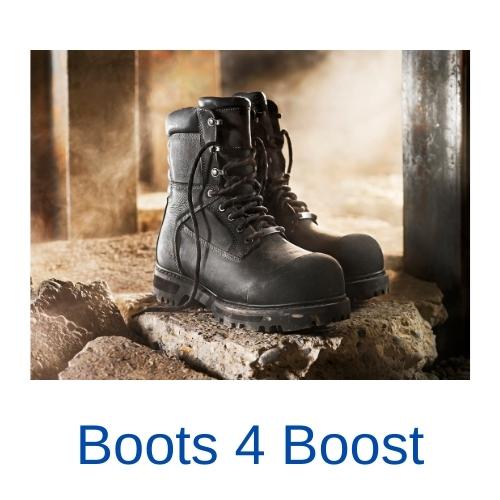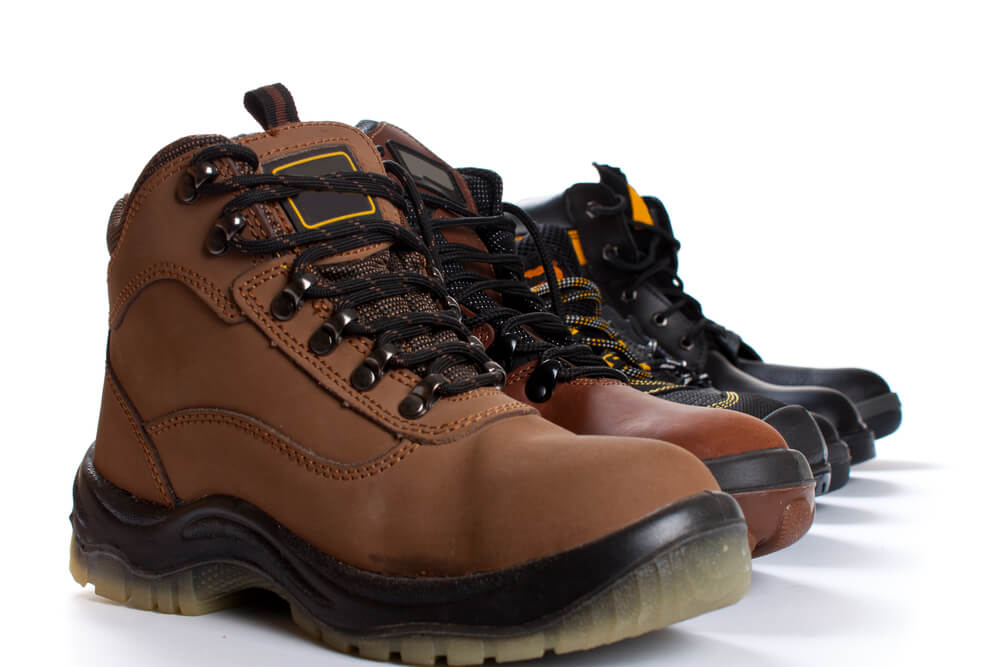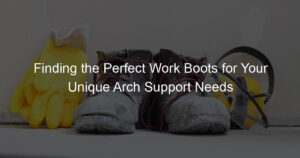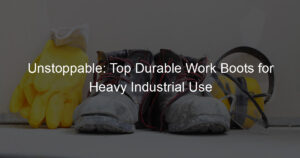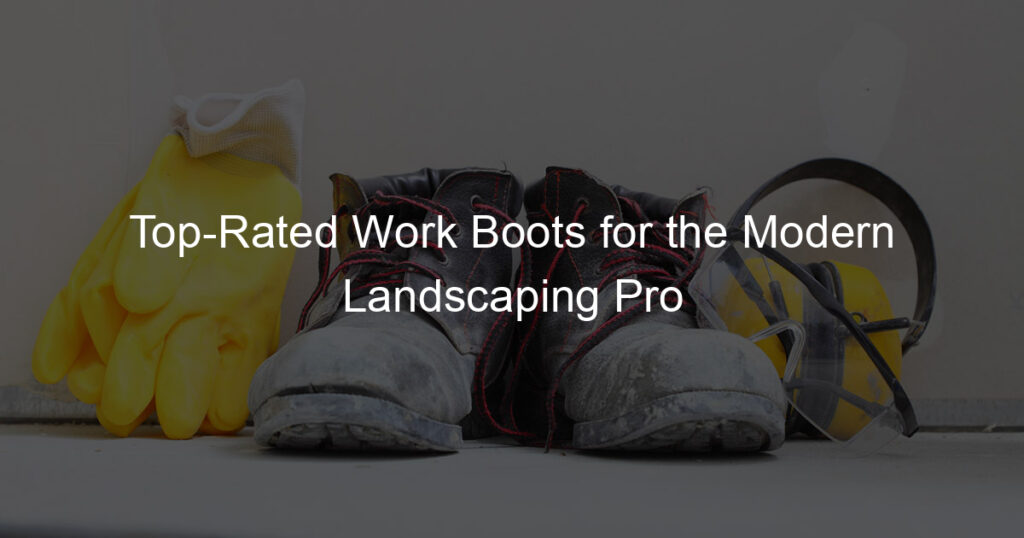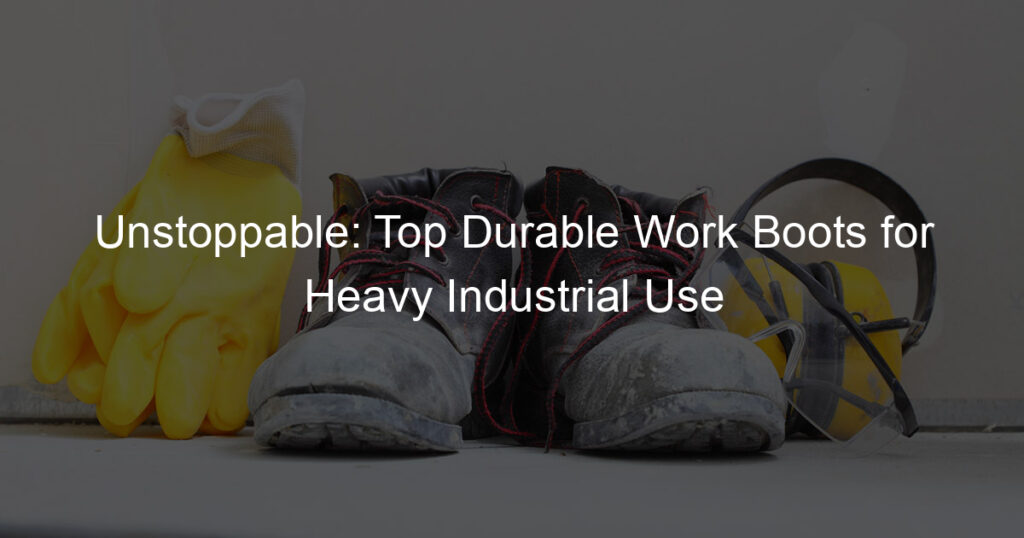Work boots are essential for anyone working in a job that requires protection for their feet.
Whether you’re working in construction, manufacturing, or any other field that poses a risk to your feet, a good pair of work boots can make all the difference. But have you ever stopped to wonder what’s inside those sturdy boots?
The steel toe boot is a trendy choice for those working in hazardous environments, but what is inside the steel toe that makes it so protective?
In this blog post, we’ll take a closer look at the anatomy of a work boot, focusing on the steel toe boot. From the outsole to the insole, we’ll explore all the key components that make up this essential piece of personal protective equipment.
The Anatomy of a Work Boot: A Closer Look at the Key Components
When choosing the proper work boots, it’s essential to understand the components that make up a work boot and how they contribute to its overall function and protection.
Let’s now take a closer look at the critical components of a work boot and how they work together to keep your feet safe and comfortable on the job.
1. The Outsole
The outsole is the bottom layer of the boot that comes into contact with the ground. It’s the foundation of the boot and plays a crucial role in providing traction, stability, and durability. The outsole can be made of various materials, such as rubber, polyurethane, or even synthetic materials.
It should be resistant to slips, oil, and other hazards, and it should also be able to withstand the wear and tear of the job, thus protecting your feet.
2. The Insole
The insole, or footbed, is the layer that sits directly under the foot and provides cushioning and support. It’s essential for reducing fatigue and preventing foot pain, especially for those working long shifts on their feet.
The insole can be made of various materials, such as foam, gel, or even memory foam, and it should be removable for easy cleaning and replacement.
3. The Upper
The upper part of the work boot covers the foot and extends up the leg. It’s usually made of leather but can also be made of other materials, such as synthetic fabrics or rubber.
The upper should be sturdy and durable, but it should also be flexible enough to allow for a natural range of motion. Depending on the work environment, it should also withstand water and other elements.
4. The Lining
The lining of a work boot is the inner layer that comes into contact with the foot. It’s usually made of a moisture-wicking material to help keep the foot dry and comfortable. It can also provide an extra layer of insulation for cold environments.
5. The Tongue and Collar
The tongue is the strip of material that runs up the front of the boot and helps to protect the foot from lace pressure. The collar is the padded area around the ankle that provides support and comfort. Together, the tongue and collar contribute to the overall fit and support of the boot.
6. The Hardware
The hardware of a work boot includes all the small but essential elements, such as the laces, the eyelets, and the insole board.
These components may seem minor, but they play a crucial role in the overall function and durability of the boot. It’s important to choose work boots with high-quality hardware that can withstand the rigors of the job.
By understanding the anatomy of a work boot and each component’s role, you can make a more informed decision when selecting the right pair with a comfortable design for your needs.
Good work boots can keep your feet safe, comfortable, and supported on the job, whether in construction, manufacturing, or any other field.
Tips For Keeping Your Steel Toe Work Boots in Shape
Caring for your steel-toe boots is essential to ensure they continue providing the necessary protection and support for your feet on the job. Proper care can also help extend your boots’ lifespan and save you money in the long run. Here are a few tips for keeping your steel-toe boots in top shape:
- Clean regularly
- Condition the leather
- Replace the insoles
- Check the steel toe
- Fix any damage
Final Word
In conclusion, a good pair of work boots is essential for protecting your feet. By understanding the anatomy of a work boot and how to care for them properly, you can ensure that your boots provide the necessary protection and support for your feet.
Whether you choose a steel-toe boot or another type of work boot, it’s essential to choose a high-quality pair that meets the specific needs of your job.
Proper care and maintenance of your work boots will not only extend their lifespan but will also ensure that you have a reliable and comfortable pair of boots to protect your feet on the job.
